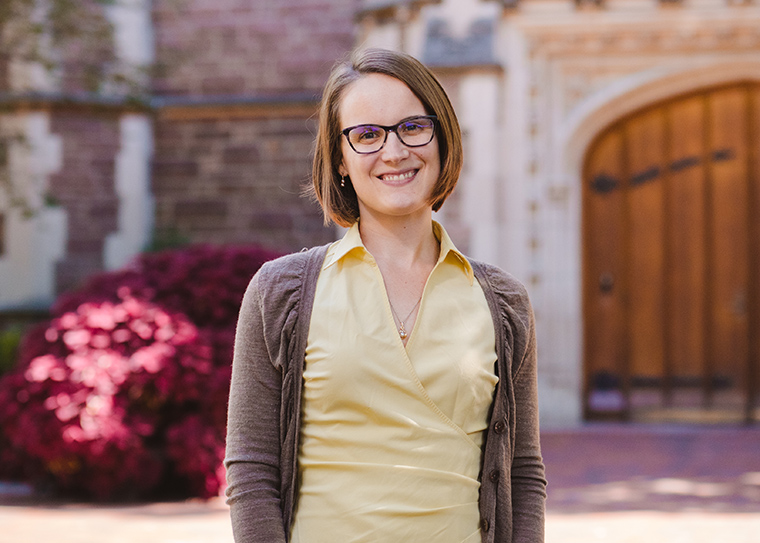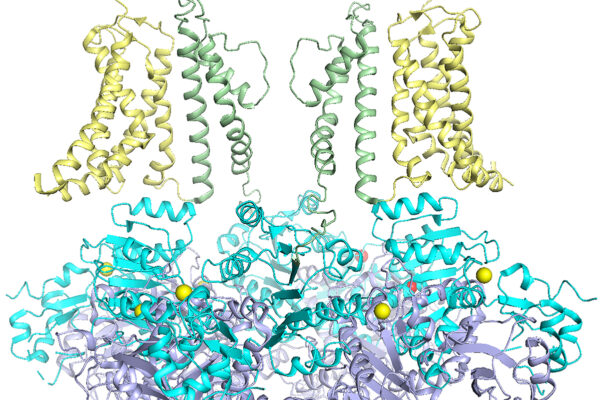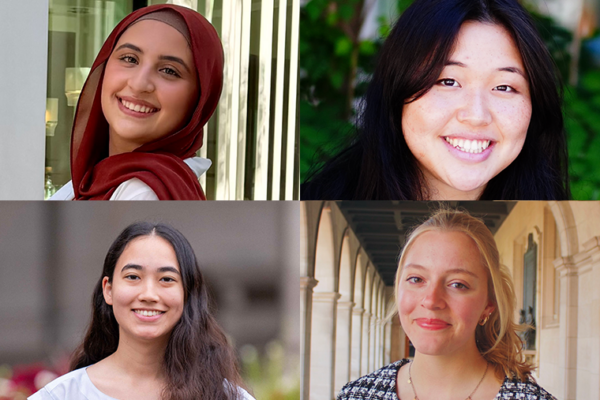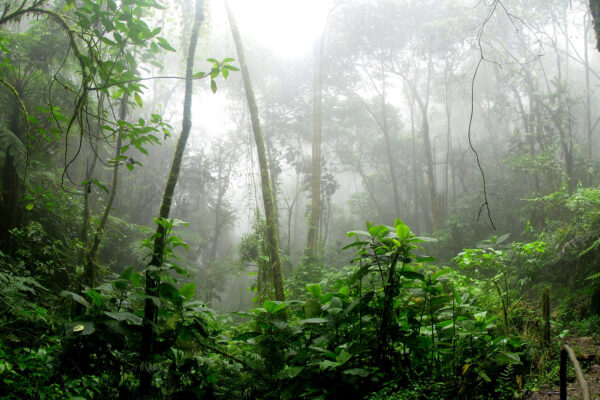
A new study reveals that students learn best through prediction activities, even though they don’t realize it. This idea is at the center of research published by Elise Walck-Shannon, a senior lecturer and education specialist in the Department of Biology in Arts & Sciences at Washington University in St. Louis.
Study co-authors included Heather Barton and Douglas Chalker; together, they teach a large introductory genetics course at WashU. The course team examined three different pedagogical methods — inquiry-based prediction, tell-then-practice activities and worked examples — to determine which produced the best results in terms of student learning gains.
Surprisingly, even though students believed that worked examples were the most helpful, the greatest learning gains actually came from prediction activities.
The method works because prediction activities force students to identify what they don’t know. “That’s what learning is,” Walck-Shannon said. “Once you figure out as much as you possibly can, you realize what gaps you have in your knowledge, and then the instructors are there to fill them in for you and your group mates are there to fill them in for you.”
Read more on the biology website.


